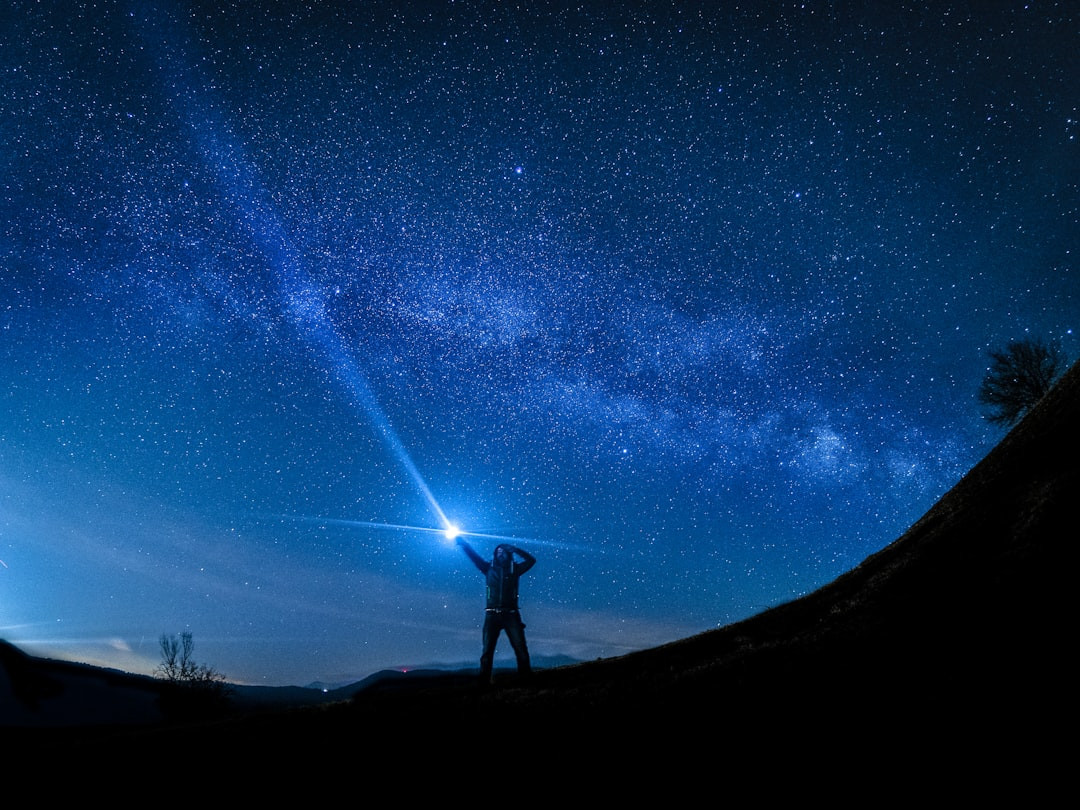Juvenile Cardinals (Identification Guide with Pictures) Spot Every Detail
Ever found yourself gazing at a crimson flash against a lush green backdrop? Juvenile cardinals, with their subtle yet striking features, are a marvel to behold. Our definitive identification guide with pictures lets you spot every detail— from their fledgling feathers to their emergent hues. Dive into the enchanting world of these young avian wonders and ensure you never miss a moment to differentiate these beauties in the wild. Ready to become a birdwatching pro? Let’s decode the juvenile cardinals together!
What do juvenile Cardinals look like?
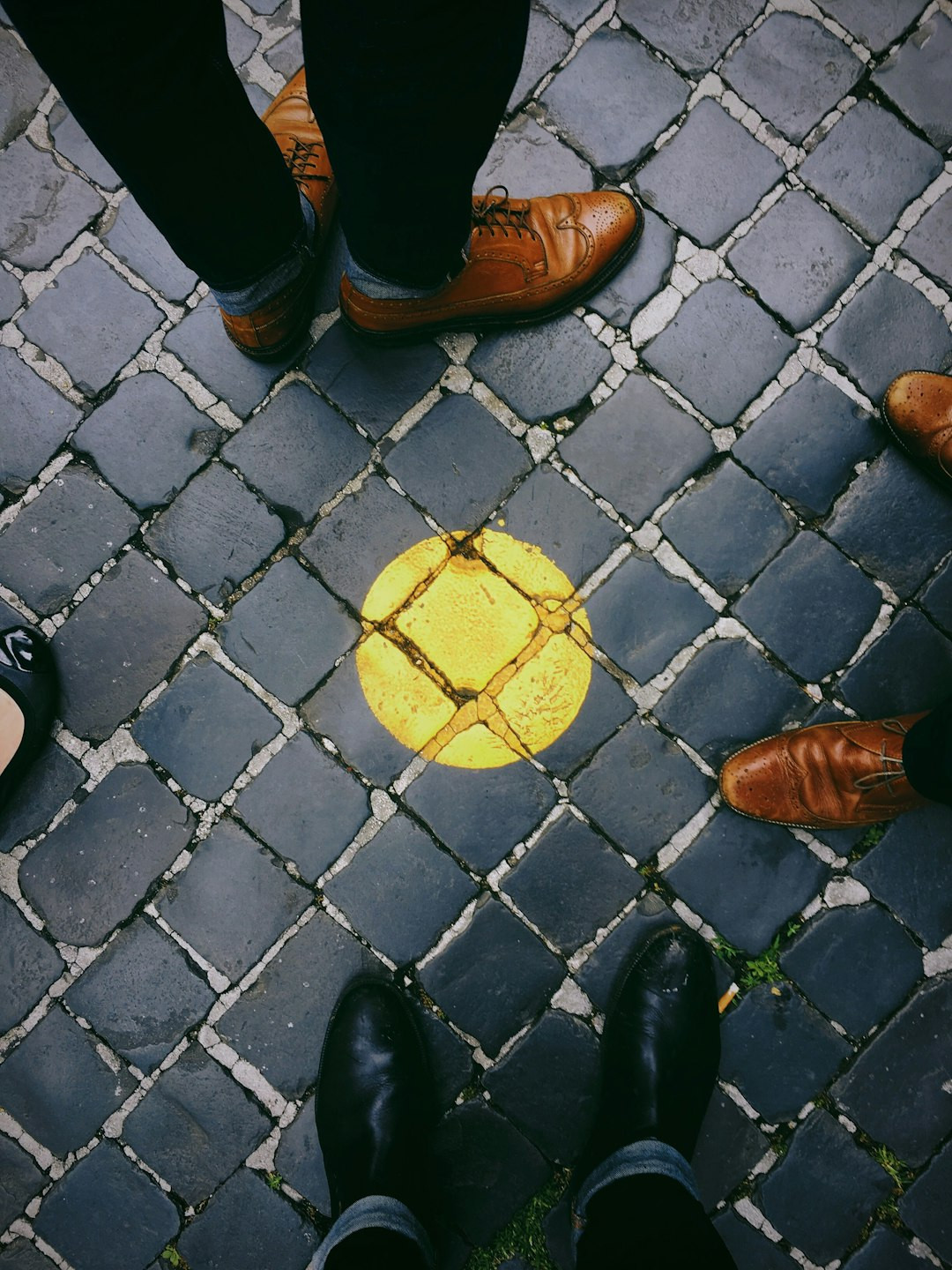
Spotting juvenile cardinals can be a delightful challenge! These young birds have distinct features that set them apart from adults. So, what do juvenile cardinals look like? Unlike their vibrant red parents, young cardinals are a mix of brown and gray with hints of red on their wings and tail. Their beaks are dark initially and lighten up as they mature. You might notice their crest isn’t fully developed yet, giving them a slightly scruffy appearance. Keep an eye out for these charming differences next time you’re bird-watching; identifying juvenile cardinals adds an extra layer of fun to your experience!
How big are juvenile cardinals?
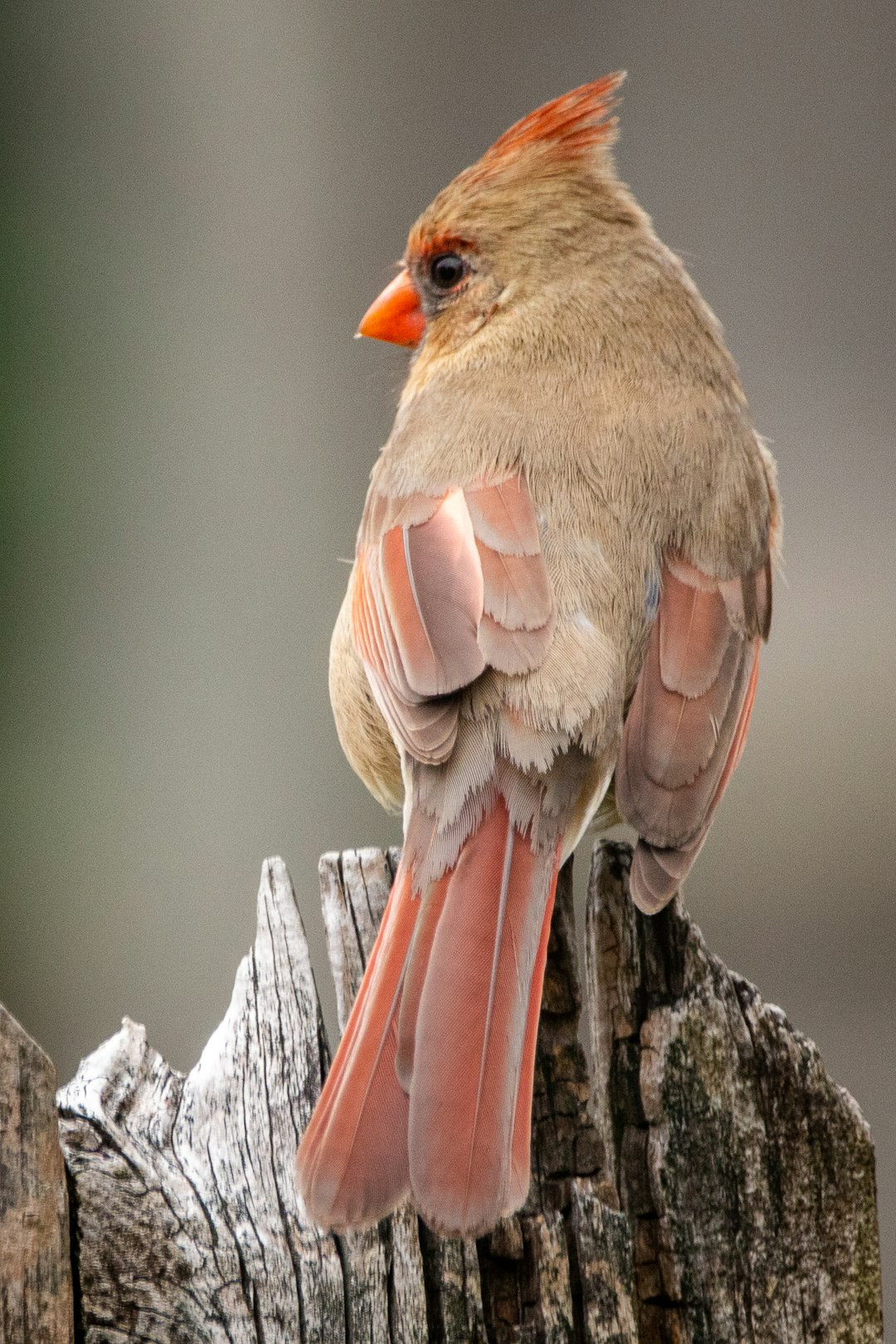
Juvenile cardinals are fascinating to observe as they develop their vibrant red plumage. If you’re wondering, "How big are juvenile cardinals?", they typically measure around 8-9 inches in length, similar to adult cardinals. These young birds can be identified by their brownish feathers mixed with hints of red, which progressively become more vivid as they mature. Their beaks are also a distinctive orangish-red color, appearing more muted in juveniles. With attentive observation, you’ll notice the gradual transformation, making it easier to distinguish them from adults. Identifying juvenile cardinals can truly be a rewarding experience for bird enthusiasts.
When do juvenile Cardinals molt?
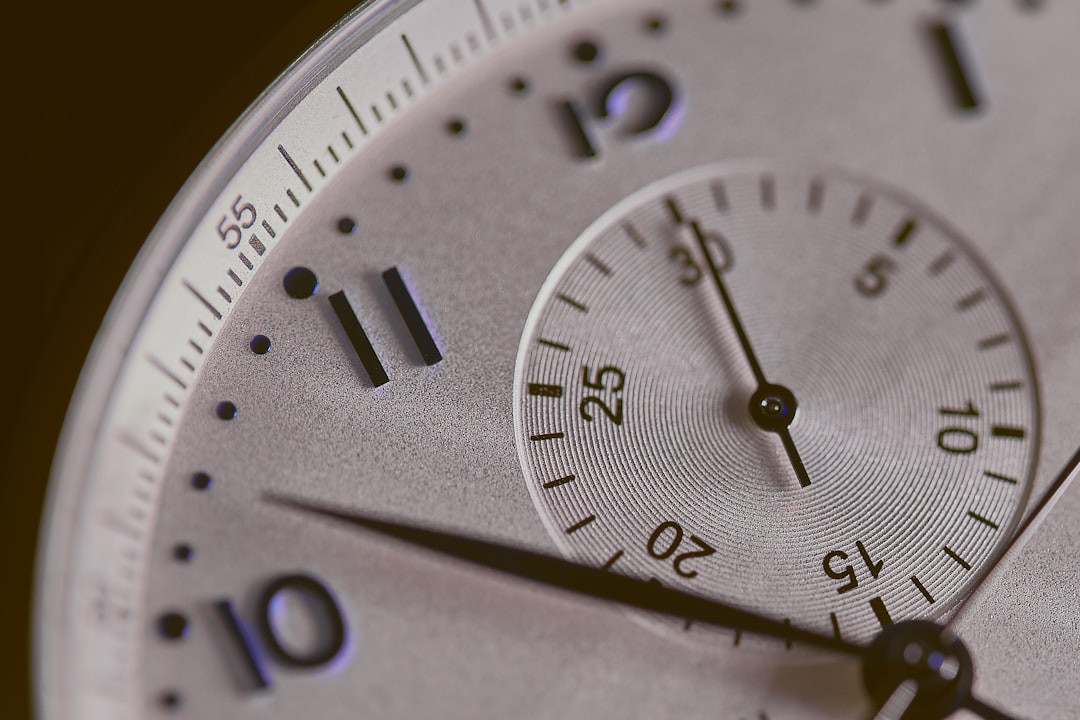
Juvenile cardinals are a delightful sight in the backyard, easily identifiable by their brownish hues and hints of red on the crest and wings. These young birds are fascinating not just for their looks but also for how they grow. One of the key stages in their development is molting. So, when do juvenile cardinals molt? Generally, these young cardinals begin their first molt in late summer, around the time they are 3-4 months old. During this process, they gradually replace their juvenile plumage with the striking red feathers we’re so familiar with, transitioning into vibrant adults. Watching this transformation is truly captivating!
Do juvenile Cardinals have black beaks?
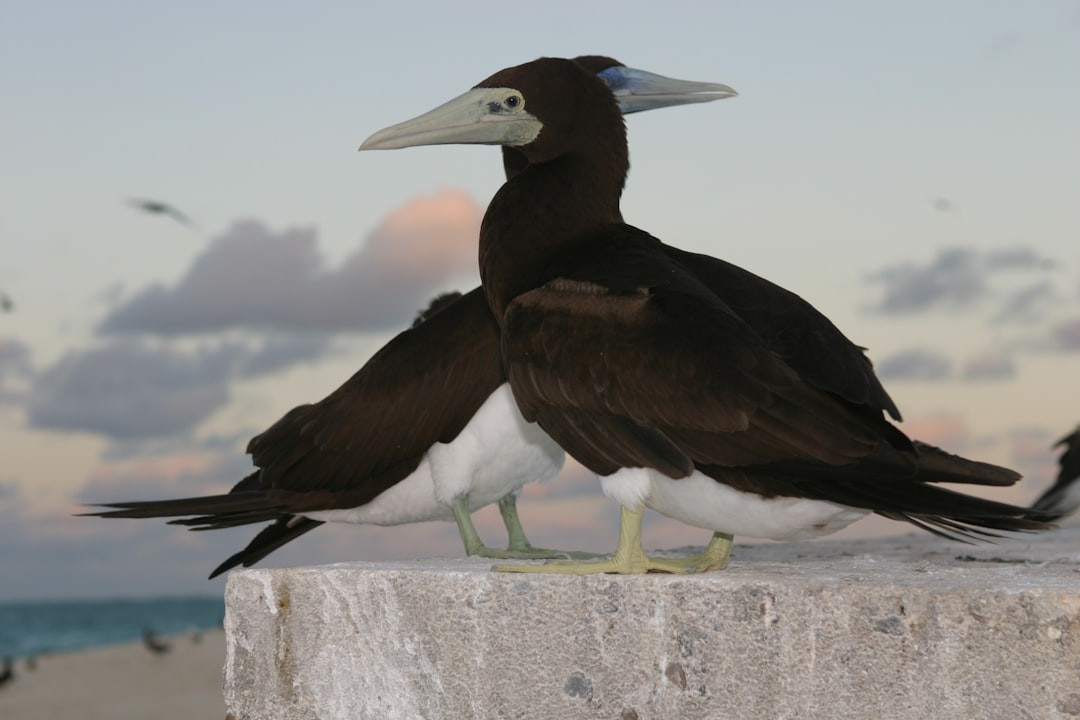
Ever wondered about those charming juvenile Cardinals in your backyard? Their inquisitive nature and vibrant feathers often leave bird enthusiasts mesmerized. When trying to identify them, a common question pops up: Do juvenile Cardinals have black beaks? Interestingly, young Cardinals sport brownish to orange beaks that gradually turn the signature bright red as they mature. Observing them closely reveals subtle differences in their plumage, often a mix of browns with hints of red. Through careful attention to these details, you’ll be spotting juvenile Cardinals with ease, making your bird-watching experience even more delightful.
What do juvenile Cardinals eat?
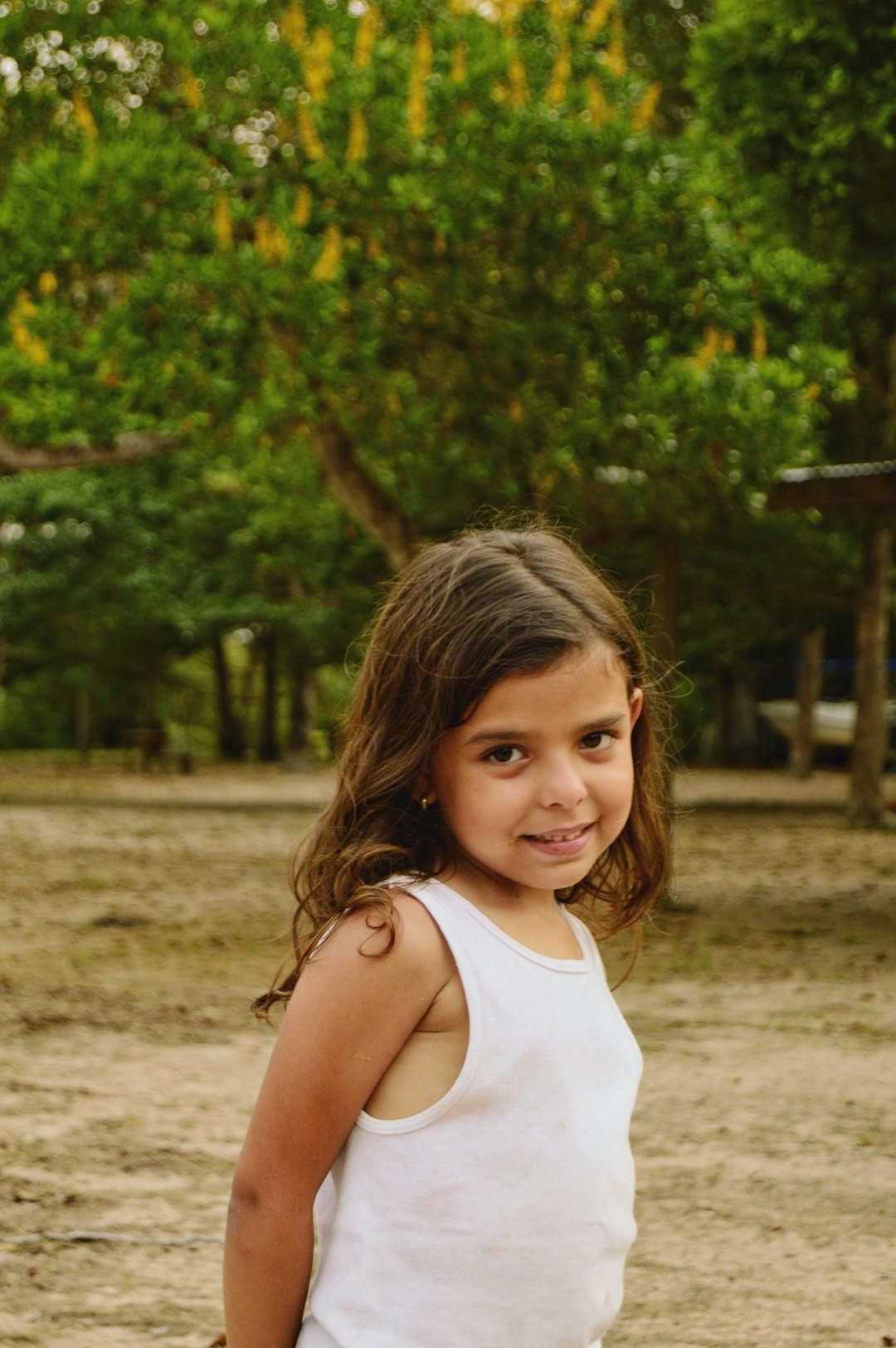
Spotting a juvenile cardinal is a delight for bird enthusiasts! These young birds have a unique charm, distinguishable by their brownish feathers tinged with red and their developing crests. But have you ever wondered, "What do juvenile cardinals eat?" Well, their diet mainly consists of soft insects like caterpillars and beetles, along with seeds and berries that are easy to digest. This diverse diet ensures they get the necessary nutrients for growth. Observing these details not only makes identification easier but also deepens our appreciation for these fascinating creatures in their natural habitats.
How long does Cardinal juvenile plumage last?
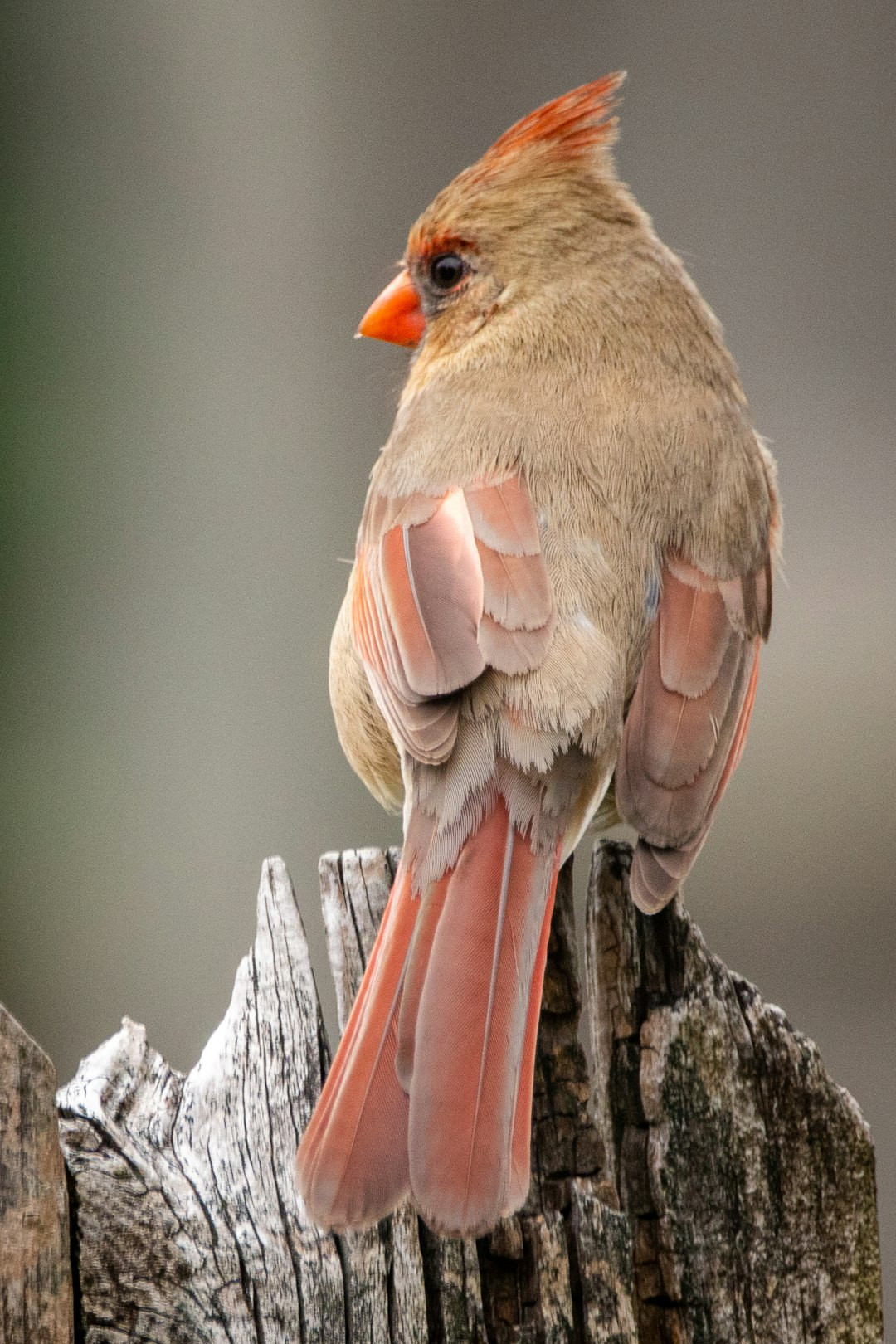
Juvenile Cardinals are a fascinating sight, with their unique plumage making identification a rewarding challenge. These young birds showcase a blend of brown and red feathers, gradually transitioning into the vibrant, full red of adulthood. You might wonder, "How long does Cardinal juvenile plumage last?" Well, you’ll notice these youthful markings for about 9-11 weeks before they start molting into their mature attire. Watching this transformation is a great way to appreciate the beauty and lifecycle of these brilliant birds. So grab your binoculars and enjoy the detailed spotting of these wonderful creatures right in your own backyard!
How long do juvenile Cardinals stay with their parents?
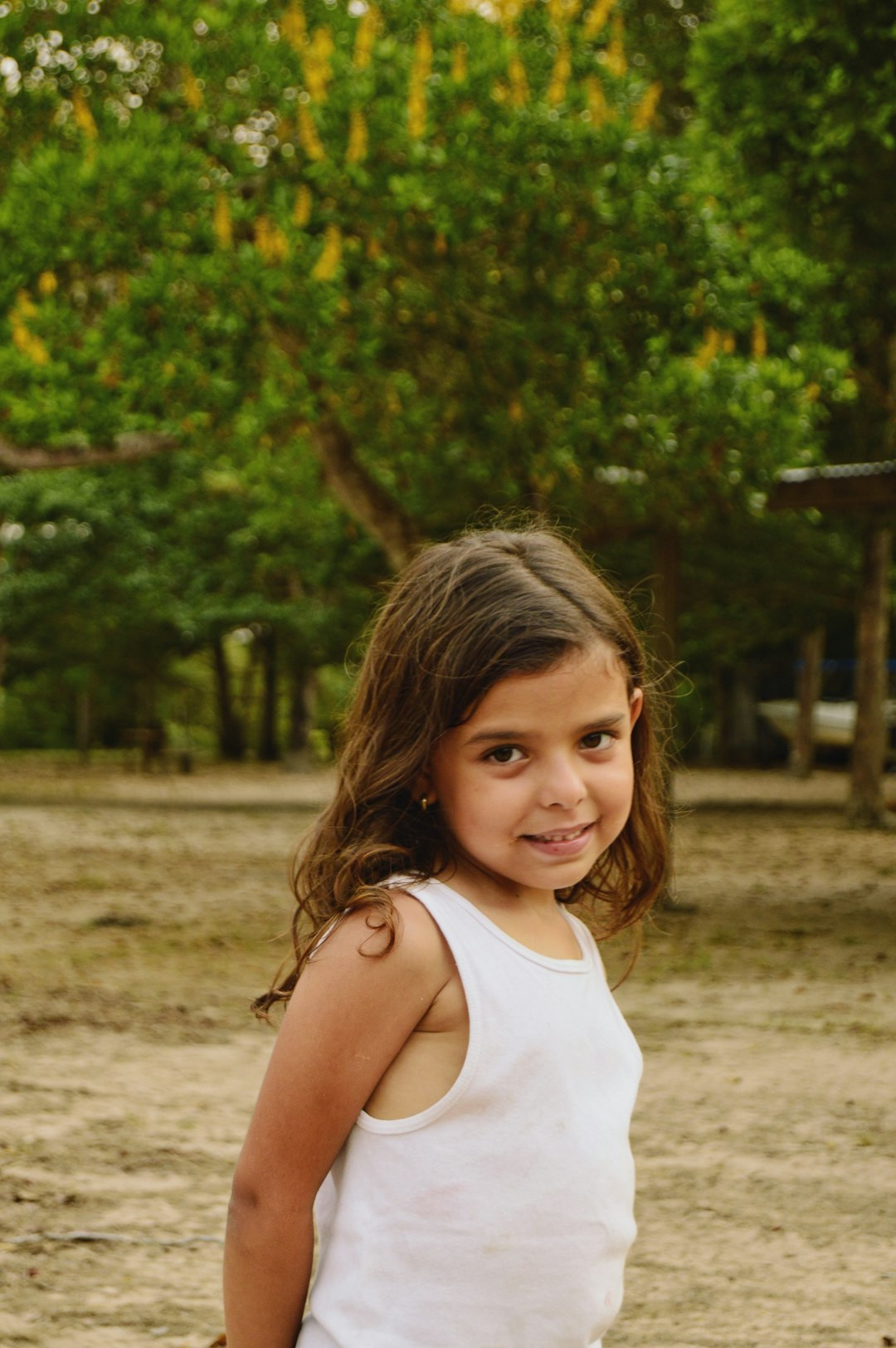
Juvenile Cardinals are a delightful sight, especially when you know what to look for. These young birds can be identified by their brownish coloring with hints of red starting to show. They also have a less pronounced crest compared to adults. But how long do juvenile Cardinals stay with their parents? Typically, they hang around the nest for about 9 to 11 days after hatching. Once they leave, they still stick close to their parents for a few weeks, learning essential survival skills. Watching them grow and thrive with mom and dad is a heartwarming experience for any bird enthusiast.
Will juvenile cardinals visit their parents?

Ever wondered if juvenile cardinals will visit their parents? These young birds, identified by their brownish feathers and black beaks, often stick around the same area they were raised in. It’s fascinating to watch them transform through various stages, gradually adopting the vibrant red plumage adult cardinals are known for. While they do gain independence, juvenile cardinals frequently visit their parents, especially during the early stages of their lives. This guide, complete with detailed pictures, helps you spot every detail, from their initial brown hues to the gradual appearance of red feathers, ensuring you can easily identify these charming young birds in your backyard.
How old are juvenile cardinals when they reach maturity?

Curious about those vibrant juvenile cardinals flitting around your garden? Distinguishing these young birds is both a joy and a fascinating challenge. With their patchy, less vibrant feathers and shorter beaks, juvenile cardinals stand out from their mature counterparts. An eye for detail reveals the subtle transitions they go through as they age. Wondering how old are juvenile cardinals when they reach maturity? Typically, it takes about 10-12 months for them to don their full, splendid adult plumage. Keep an eye out, and you’ll soon be able to spot every detail in these captivating creatures’ journey to adulthood.

